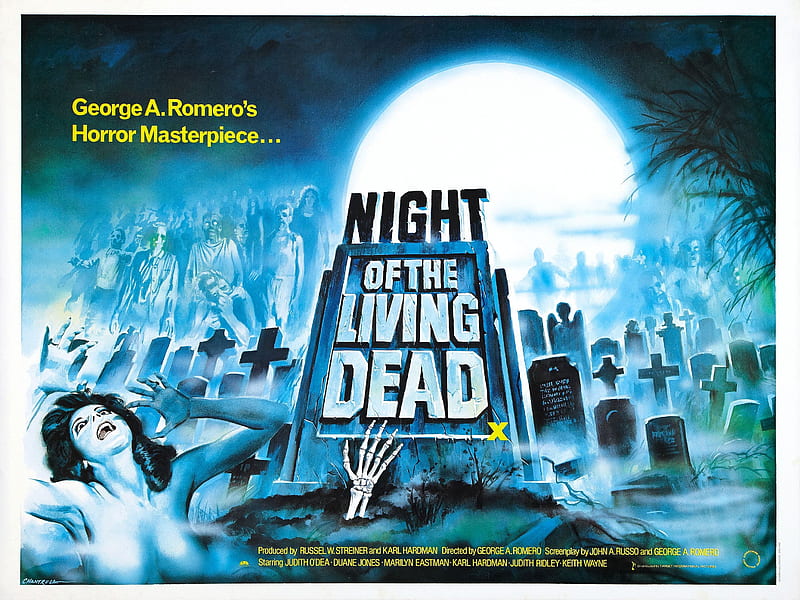
Night of the Living Dead
Night of the Living Dead, directed by George A. Romero, was a groundbreaking horror film that changed horror movies as t...
Featured Movies
Trending Now
Latest Releases
Top Rated
Welcome to Mp4movies
Your Portal to Digital Entertainment. Dive into the exciting world of cinema with us.
Mp4movies is your home of movies. Whether you are a movie obsessive or a binge-watcher, or just in search of that perfect flick to watch on the weekend, we will bring you into the exciting world of cinema. From blockbusters to hidden gems, we treat movies as a celebration of every frame, every story, and every feeling imaginable.
We at Mp4movies understand that a film should be easy to access, entertaining, and forever in your memory. Our library of options is far-reaching and includes cinema from around the world. So, if you're looking for Bollywood movies, subscribe to Netflix releases of Hollywood films or even South Indian films, dubbed movies, and other genres – we have classified them all. We have everything you desire: action movies, love stories, thrillers, comedies, etc.
Mp4movies is designed for easy browsing on any device. Whether you are visiting on your phone, a tablet, or a desktop, our professional platform is mobile-friendly and fast. You can find detailed write-ups of movies, actors, other historical information about the movie, and movie and entertainment news with only a limited number of clicks. We help you locate what is trending, new, and worth watching, all from the comfort of your device.
From breaking box office to exclusive interviews with celebrities, Mp4movies keeps you abreast of the latest movie updates and entertainment news with real-time updates, including casting announcements, production updates, trailers, music releases, and everything else! We keep track of everything going on with Bollywood, Hollywood, South Indian cinema, OTT platforms, and the overall entertainment world — all of them delivered right to your fingertips.
India shows the world's highest love for films. Mp4movies encapsulates that passion by showcasing diversity and covering content from a combination of film industries. We aim to capture the excitement & glitz of Bollywood, the over-the-top dramas of Tollywood and the size and crazy action of big Hollywood blockbusters.
In addition, our Hindi-dubbing section allows non-English speakers to enjoy both regional and international films in their own language, without missing out on the charm of watching a movie.
Excited about a big-budget film? Eager to binge-watch a web series everyone is raving about? You can keep track! With a regularly updated release calendar and highlights, you can easily track upcoming films, web series premieres, and trailers you need to watch. You’ll know what’s coming to your screens and when, so you will always know what to watch next!
Sharing the love of cinema is what it is all about. Mp4movies is more than just a platform; it is a community of individuals who love movie watching. We encourage you to interact with our content, leave a comment, share your thoughts, and become part of an expanding network of fellow viewers.
We get the idea of safety and simplicity. Nobody wants to browse around a cluttered, difficult-to-navigate platform. Online, we believe our users deserve to feel safe and secure when looking at any of the film content we offer, whether you're searching for a film, reading what someone else thought, or watching a trailer. Every member will find that everything is structured, categorised and can easily be accessed.
Movies bring people together, evoke feelings and tell stories for eternity. At Mp4movies, we make that connection, no matter the genre preferred, the language we speak, or the mood we are in — there's always something to find at Mp4movies.
Come, surf, and fall in love with film all over. Because at Mp4movies, the story never stops.
Explore Movies Now











